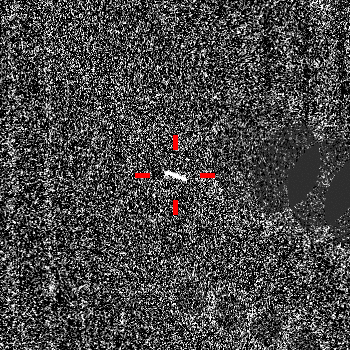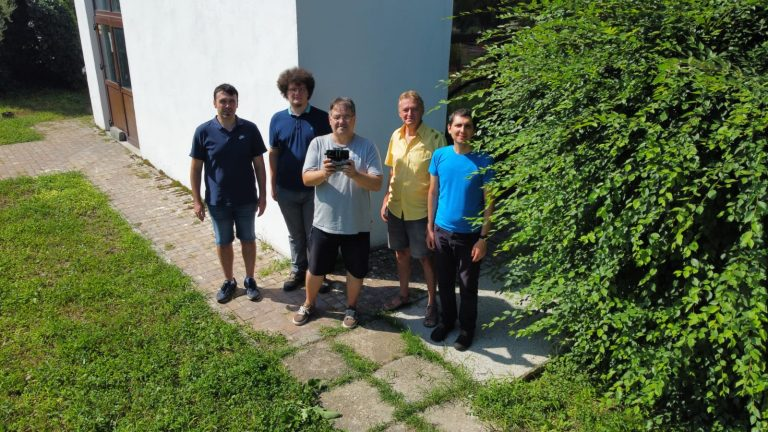Monitoring the space around our planet is the first step to getting to know our cosmic neighborhood. Near-Earth Asteroids and Comets have shaped the evolution of life on Earth and pose a risk on geological time scales. On the other hand, these small objects may represent the most accesible targets for space missions. For this purpose, we have developed a series of efficient algorithms to identify sources that have an apparent motion (objects within the Solar System) in the images acquired by any telescope. These algorithms been made available as a software package, called Umbrella, which uses image processing methods based on parallel computing and is capable of detecting even the faintest bright sources up to the noise floor.
This project, dedicated to the development of the Umbrella software package, “Detection of Solar System objects and space debris using parallel computing methods” (ParaSOL), was funded through the PED 2021 competition by the UEFISCDI. The activities took place between June 21st, 2022 and June 22nd, 2024 in a partnership between the Astronomical Institute of the Romanian Academy and the University of Craiova. The initial ideas of the project started from discussions within the Bucharest Astroclub.
The outstanding result of this project is the synthetic tracking software that manages to detect objects (point sources, streaks or extended sources — comets) in a shorter time than the acquisition time even on large sensors, such as 80 Mega Pixel cameras using a single off-the-shelf GPU. The algorithm manages to scan all possible motion directions and all apparent velocities (within a configurable range of up to hundreds of arcseconds per minute) using parallel computing techniques implemented on graphics processing units. The software package was validated using observations made with telescopes with apertures between 0.25 m and 2.54 m. Notable is the discovery of asteroid 2023 DZ2.
This was a virtual impactor with a maximum collision probability of 2.3% (estimated based on the first few astrometric measurements) and on approach in 2023 it passed less than 0.5 Lunar Distances from Earth (observable even with small telescopes or binoculars). The true power of the algorithm was demonstrated by processing data in parallel with the observations from the KASI/Chile 1.6m Aperture Telescope which is equipped with a 360 megapixel camera covering a 2 degree x 2 degree field of view. Asteroids have been discovered that at the time of detection had a motion rate of 10 arcsec/min (eg 2023 XC8 and 2023 XP14).
The Umbrella software platform developed within the ParaSOL project is a very powerful tool to discover faint light sources (asteroids, comets, interstellar objects), to determine their astrometry in a precise way and to remove the orbital uncertainty of those with few observations (including objects cataloged as virtual impactors). Furthermore, Umbrella is the program needed to achieve monitoring of space debris (a critical issue for the space industry) using small, commercial telescopes. The digital tracking module (SYNTRACK) is one of the few in existence and has unique capabilities in terms of computational speed, identification efficiency and the ability to process mosaic camera images.

Asteroid 2023 DZ2. Images of the first detection obtained with the STU detection module.

Near earth asteroid 2023 XC8 discovered by STU on observations realised on 1.6m KASI / Chile

ParaSOL team (Marcel, Mălin, Marian, Ovidiu, Daniel și Luci – behind camera).